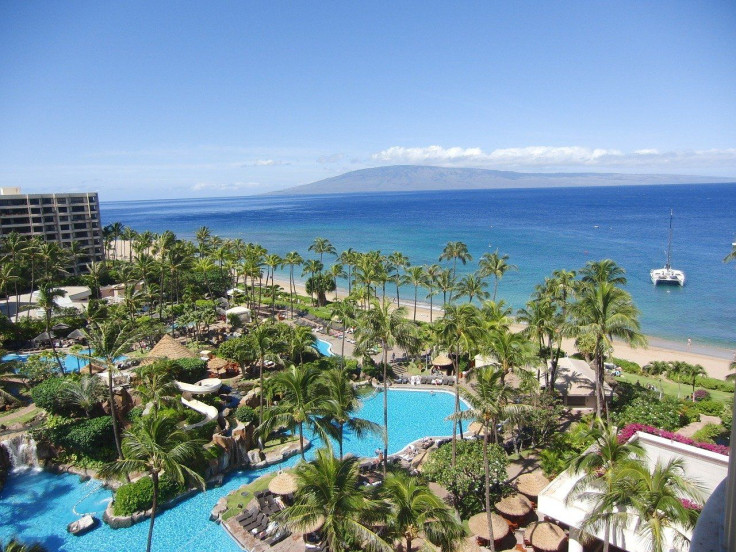Hawaii Creates ‘Resort Bubble’ To Boost Tourism During Pandemic

As Hawaii grapples with a loss of tourism because of the coronavirus pandemic, Gov. David Ige is allowing counties within the state to establish what he called an enhanced movement quarantine or a “resort bubble.”
The news follows Ige’s extension of the state’s COVID-19 emergency through Sept. 30, requiring mandatory quarantine for travelers arriving in Kauai, Hawaii, Maui and Kalawao. But these counties still have the option to create a quarantine bubble that will allow for tourism as long as participating travelers stay in “clearly defined geographical areas” and limit contact with those who do not have to self-quarantine.
“We continue to work on digitizing and refining the travel screening process as well as developing enforceable, safe alternatives to self-quarantine,” Ige said.
The state, which has a face mask mandate, will allow residents and visitors to spend time together on other islands without being quarantined if counties establish agreements with resorts and hotels. Travelers must also comply with the county and state coronavirus safety guidelines.
Geographic areas were defined as areas such as adjacent shorelines, where beach access is permitted.
The bubble program will also require travelers to sign waivers to participate in the program and will require electronic monitoring. Privacy protections will be waived, such as health information, and all travelers will bear the costs of the program.
“We are stuck between a rock and a hard place when it comes to balancing our physical and economic health, and clearly health and safety are paramount,” Kauai Mayor Derek Kawakami said in a statement. “We know the 14-day quarantine has helped keep the virus at bay, but that comes with a cost.
“At a certain point we need to learn to co-exist with this virus and the EMQ or 'Resort Bubble' is just one step in the staged approach for a broader opening of travel.”
Kawakami calls the concept a “work in progress,” but said he is excited to get it started.
Hawaii is not the only tourist destination that is grappling with how to bring tourists back. The Bahamas and Jamaica have enacted their own policies for travelers.
In the Bahamas, U.S. travelers are required to have a COVID-19 travel visa and a negative COVID-10 test before entering the country. Travelers must also self-quarantine for 14-days upon arrival.
“The government of the Bahamas believes strongly that everyone in the Bahamas has a role to play: This begins with wearing masks, maintaining social distancing, washing hands, sanitizing the personal environment, and staying at home when asked to do so. It also means strict adherence to the safety measures contained in the Emergency Orders. Together, with a common understanding and approach, the COVID-19 virus will be constructively addressed,” the Ministry of Foreign Affairs said in a statement.
Starting on Thursday, U.S. travelers to Jamaica are required to submit a negative coronavirus test before entering the country. The test must be administered by an accredited laboratory within 10 days of the intended arrival date. Children under 11 are exempt from the requirement.
“The pandemic has given us a unique opportunity to look at tourism through a different lens,” Tourism Minister Edmund Bartlett said in a statement . “As we rethink – reimagine – tourism for the post-COVID-19 world, we must ensure that it is rebuilt on a safer, more resilient and equitable framework.”
© Copyright IBTimes 2025. All rights reserved.





















